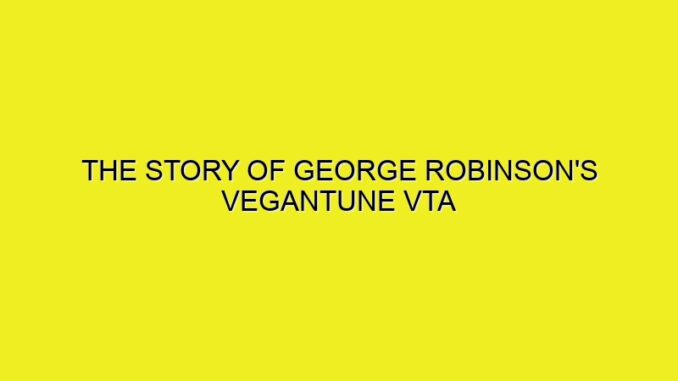
‘POWER IS A VEGAN ISSUE’ so said George Robinson of engine builders, Vegantune who also manufactured the Evante kit because he always felt that there was much more life in the Elan than Lotus realised.
Based in Cradge Bank, Spalding, Robinson and his business partner, John Sisme founded the Vegantune operation in 1965. Both were ex-BRM in Bourne and Robinson had latterly been responsible for building Graham Hill’s F1 engines. George’s son, Jeff and his son-in-law, Phil Gardner also later joined Vegantune
George was a Lotus enthusiast – he loved the Elan – and had developed a real liking for the 1558cc Lotus Twin Cam unit and the company was appointed as official Twin Cam rebuild agent for Lotus and by 1978 when the plug was pulled Robinson decided to develop Vegantune’s own version of the engine. It was estimated that Vegantune had reconditioned over 300 engines for the Norfolk manufacturer.
They’d also become a popular destination for Lotus owners’ whose engines needed attention. Robinson based his engine on a ‘225E’ Crossflow block but devised his own cylinder head albeit one inspired by Cosworth’s BDA item.
Many say that Vegantune launched their 1598cc Vegantune Type A (aka VTA) too soon as it hadn’t been sufficiently developed although there were plenty sold. Their fourteen staff were kept very busy.
There is a direct link to Lotus for Vegantune and also one with Caterham Cars as when Lotus ceased making the twin cam engine it left George and also Graham Nearn of Caterham a big problem.
It was Nearn’s business partner, David Wakefield who suggested that they build a limited batch of 21 S3 Sevens – Caterham had actually acquired the S4 version in 1973 – and Vegantune supplied twenty VTAs for the purpose (there was a race version of the car that had an Alfa Romeo engine).
Indeed, Vegantune was Caterham’s official engine tuner for a while. I’ve driven a Seven with a 140bhp VTA and I thought it was a lovely engine although reports of issues such as oil leaks, broken camshafts and general misalignment of pulley belts abounded. There were probably a total of 60 Caterham Sevens with VTA engines built.
There were plenty of other customers, including Alan Mann Racing (Escorts and their F3 cars) and the SCCA in America who ordered a batch for use in Formula Atlantic (Classes B and C).
The initial VTA produced 140bhp (although this was later upped to 150bhp for the Evante) but this was soon joined by a turbocharged version that produced 155bhp and then a ‘Big Valve’ 1700cc variant that developed 160bhp.
When Robinson senior and Sisme decided that they’d offer an alternative to the withdrawn Lotus Elan they called it the Evante (it didn’t mean anything but George felt it sounded exotic and racy) and when launched in 1983 there was no surprise that it featured a VTA engine.
Rumours abounded that Lotus weren’t particularly happy with the shape of the Evante although I’ve never felt that was an issue personally as they had no problem with the visually even closer to the Elan, CN Sprint. The Evante is a truly great kitcar – and prime candidate for ‘ones that got away’ but that’s another story.
The cost of developing this and other problems squeezed Vegantune into liquidation in 1991. Fleur de Lys acquired the rights to the Evante while a chap called Rob Morley took the VTA on.
He further developed the VTA into the Mk2 aka VTB and personally handbuilt every engine between 1991 and 2002. He increased standard power to 170bhp with 190bhp and 200bhp+ versions also produced. You can still buy one these days from ProTune.








